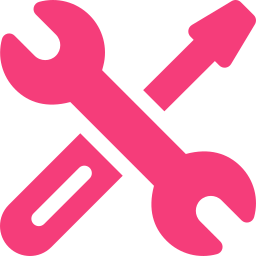What could be more annoying than listening a repeated noise when driving your automobile, whether it’s because you want to listen your favorite radio or chat with your passengers, listening an air noise on Tesla Model 3 is always annoying. It is with this in mind that we desired to write this article. Indeed, our team wanted to give you the keys to eliminate this recurring issue that can become annoying over time. First we will take a look at the air noise on Tesla Model 3 coming from the cabin, then at the air noise that manifests itself during acceleration, and finally at the air noise on Tesla Model 3 that is coming from doors.
I experience an air noise in the cabin
if you detect of an air noise on your Tesla Model 3 and it is based in your cabin, it may be linked to a fan that has shifted or is starting to dry . Whatever the case, you will need to examine the fan in question to visually examine its condition. The easiest technique is to open the ventilation circuit, and rotate the circuit while you are watching its proper performance, you can try to grease it to limit this noise, but it is very likely that the final solution is to change it.
If you haven’t found the answers to your questions in this section but your air noise on Tesla Model 3 comes from your cabin, read both articles, firstly cabin noises on Tesla Model 3 and heater fan noises on Tesla Model 3 can surely help you find the cause.
I experience an air noise when I accelerate with my Tesla Model 3
Air noise Tesla Model 3 linked to an air intake hose
The first of the two possibilities that can develop an air noise on Tesla Model 3 when accelerating and the less severe. Is that you have one of your air intake hoses that has been punctured or cracked. This failure will lead to a large and unexpected air intake . This will express itself in a loud air noise at acceleration when the air intake is running at full throttle. So examine the condition of all your hoses, don’t hesitate to ask someone to accelerate while you check out the engine block to help you identify the area of origin of air noise on Tesla Model 3.
Air noise Tesla Model 3 linked to your turbo
One of the other possible origins of your air noise on Tesla Model 3 is your turbo. Indeed, a damaged turbo will release a sound close to an air or breath noise when it is switched on. It will be used during your acceleration phases. You may also encounter a power loss that would point out the failure of your turbo. It is also conceivable that a lack of lubrication is the cause of this noise. Have it verified, and change it if necessary, if you don’t want to get your engine dirty. If your air noise on Tesla Model 3 manifests itself well when you accelerate at any speed, but you want more details about it or you still haven’t found the cause, consult both pages about turbo noises on Tesla Model 3 and noise when accelerating on Tesla Model 3 for more details.
I experience an air noise on Tesla Model 3 at the doors
Air noise Tesla Model 3 linked to plastic door covers
If you experience air noise on the doors of your Tesla Model 3, it is possible that it is linked to some plastic covers on the interior side panels of your door. These can come loose, hole, fall and thus produce an air intake that will inevitably generate a distinctive and unpleasant air noise in the cabin. To ensure that you don’t have this issue on your Tesla Model 3, open your doors and examine the sides of them carefully, see if all the covers are properly installed.
Air noise Tesla Model 3 linked to door seals
Air noise at the doors of your Tesla Model 3 can also be related to a gasketfailing or overused. Certainly, the door seal, in addition to have a protecting purpose against moisture infiltration, also has a protective purpose for air inlets in the passenger compartment. When it is worn, it will not settle and therefore no longer provide a perfect seal between the door and the car body. To examine its condition, there are two solutions, first, visually examine the state of the seal and for the second test, install someone inside the passenger compartment and door by door, car closed, sprayed with water the seals to see if water goes in. If you are in this case, go to your technician to have your seal replaced and the air noises on your Tesla Model 3 wiped out. If your air noise on Tesla Model 3 is not eliminated despite reading this part, that it is present at your doors, we encourage you to consult this complete guide on door noises on Tesla Model 3 which should allow you to find the solution to your issue.

